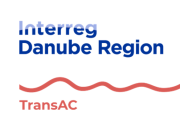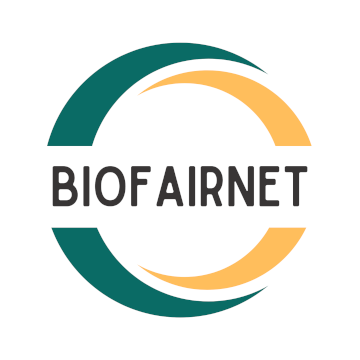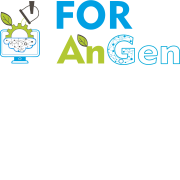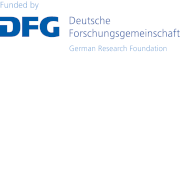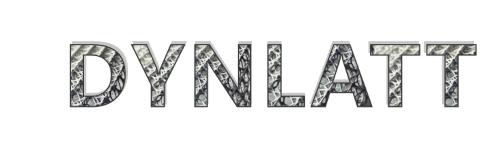Projects
The TransAC project aims to mitigate the negative impacts of brain drain and social stress in rural and crisis-affected regions. Its primary focus is on young learners who are at high risk of migration, as well as on vulnerable groups such as the unemployed, early school leavers, and older people. In addition, it addresses workers in carbon-intensive industries who face significant challenges due to structural change. To strengthen future prospects, TransAC provides targeted training in additive manufacturing, a field that combines strong economic potential in the project region with a growing demand for skilled workers.
Automated Simulation Control through intelligent Speech and Text Models
Thanks to advances in multimodal artificial intelligence (AI)—in particular the latest models such as GPT-4.5 and Gemini—information from different modalities such as text, speech, and images can be processed with increasing quality. Modern AI agents can not only understand text and code but also generate them. In addition, powerful text-to-speech and speech-to-text models enable seamless input and output. Especially given that simulation methods such as finite element analysis (FEA) require deep domain knowledge and extensive experience, multimodal AI agents offer the opportunity to provide innovative assistance tools that lower these barriers to adoption. As a result, they enable direct and efficient execution of tasks. The planned project is motivated by the prospect that intelligent AI assistance tools will allow even less experienced or non-specialist users to successfully use simulation methods,
- users with less experience or without specialized expertise to successfully apply simu-lation methods,
- further reduction of language barriers to include employees with migration back-grounds,
- significantly more efficient use of simulation software by experienced specialists.
The Gate2HPC project aims to facilitate access to High Performance Computing (HPC) for small and medium-sized enterprises as part of their development processes. The focus is on the creation of an HPC gateway connected to the btrzx4 computing cluster at the University of Bayreuth to enable efficient simulation and AI applications. A key component of the project is the development of a cluster-capable version of the in-house FEM software Z88 and its integration into the gateway.
FVA – Research Association for Drive Technology e. V.
The FVA has set itself the goal of advancing drive technology. For this purpose, research as well as industry partners are networked and moderated by the research association. Various project committees succeed in combining expertise and initiating pre-competitive developments.
BioFairNet: Bioeconomy and Circular Economy Fair Network
The Bioeconomy and Circular Economy Fair Network (BioFairNet) creates a digital ecosystem to support regions and value chains in building a sustainable circular bioeconomy. Its web-based toolbox connects experts, administration, and companies, enabling data-driven collaboration and inclusive decision-making. Tested at facilities using hydrothermal processes to recover and recycle waste hydrocarbons, the platform fosters practical, sustainable solutions and strengthens cooperation across sectors.
FORAnGen: Bavarian Research Group for the Design of Sustainable Products Using Generative Design
The research group FORAnGen utilizes Generative Design to develop sustainable and resource-efficient products. The objective is to create energy-efficient, robust, and resilient solutions that reduce ecological footprints while meeting industrial requirements. A particular focus is on the integration of manufacturing validation and sustainability assessment to promote the practical use of Generative Design.
MetaTopo II: Development of a Data-Driven, Process-Oriented Geometry Optimization for Sand and Permanent Mold Aluminum Casting
The objective of this research project is a methodology for interactive, data-driven geometry optimization of cast components. With the help of this methodology, it is possible to create load-optimized component structures, whereby the requirements of the casting process are already considered during the structural optimization.
TENG: Wear-resistant thin film-based triboelectric nanogenerators for self-powered sensing
In this project, existing concepts of triboelectric nanogenerators (TENGs) are to be further developed by integrating wear-resistant thin films such as diamond-like carbon (DLC) or MXene to optimize electrical performance and durability. In addition to power generation, the TENGs are intended to provide signals that reflect operating and environmental conditions, as well as long-term changes to assess wear status and estimate lifetime. The goal is to combine energy harvesting and condition monitoring within a single system.
Dynlatt: Production- and load-oriented design of cyclically loaded additively manufactured lattice structures made of flexible materials in laser-sintering
The project aims to develop a workflow for additive manufacturing of flexible lattice structures made from recyclable TPU using laser sintering. By optimizing material utilization and extending the lifespan of components, waste is minimized, and sustainability is enhanced. This approach enables new applications in the automotive, transportation, and medical sectors.

